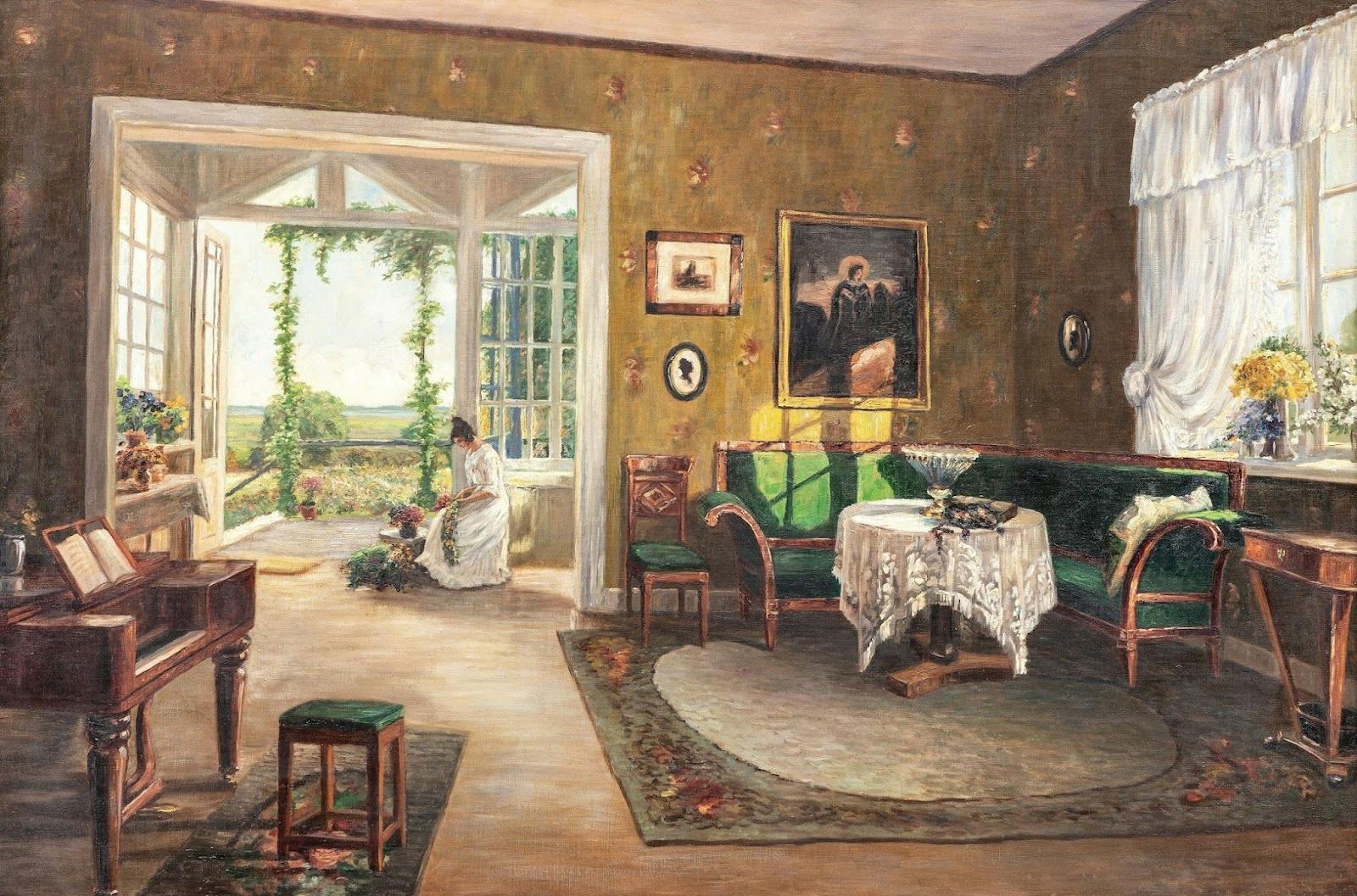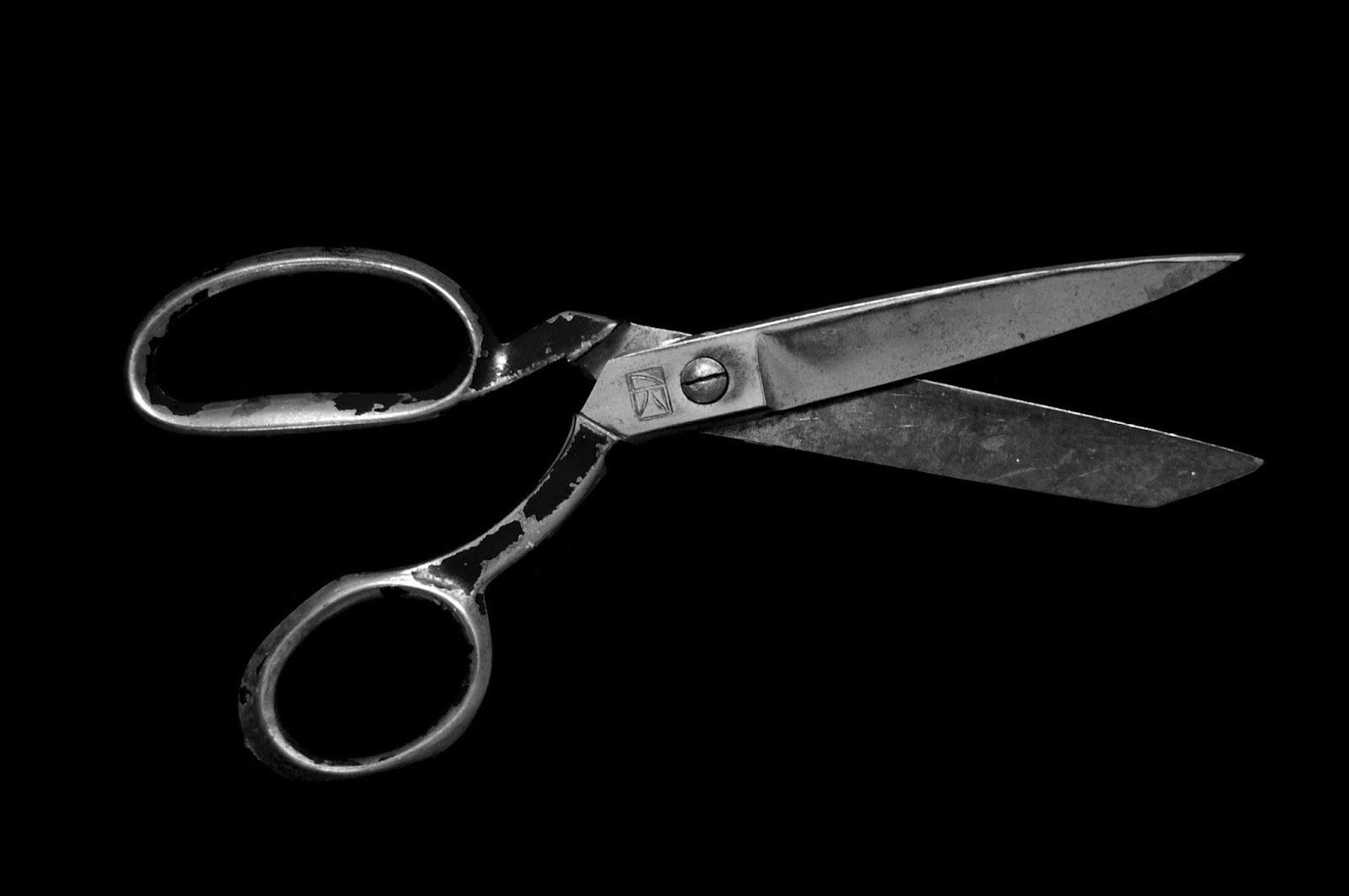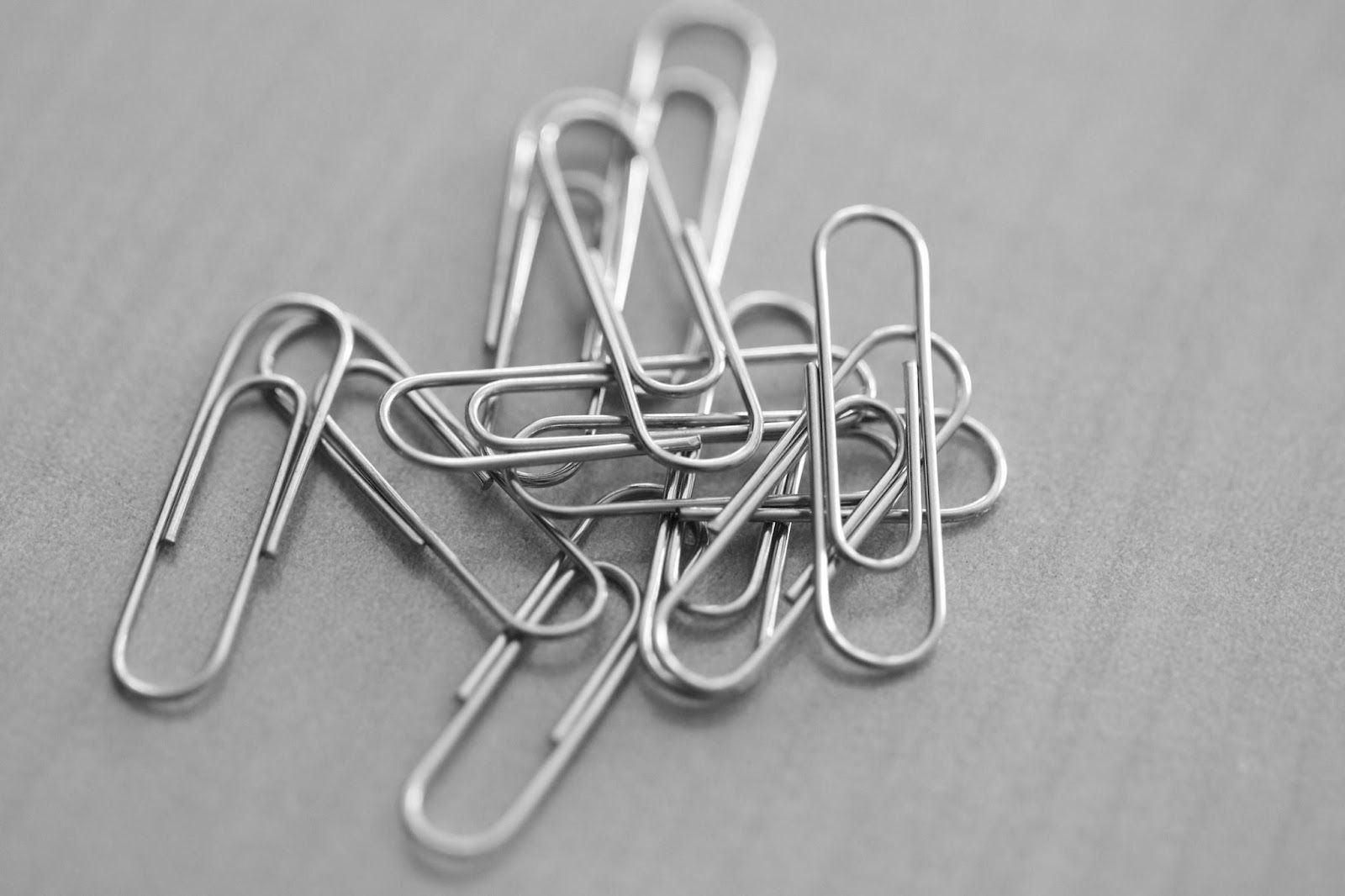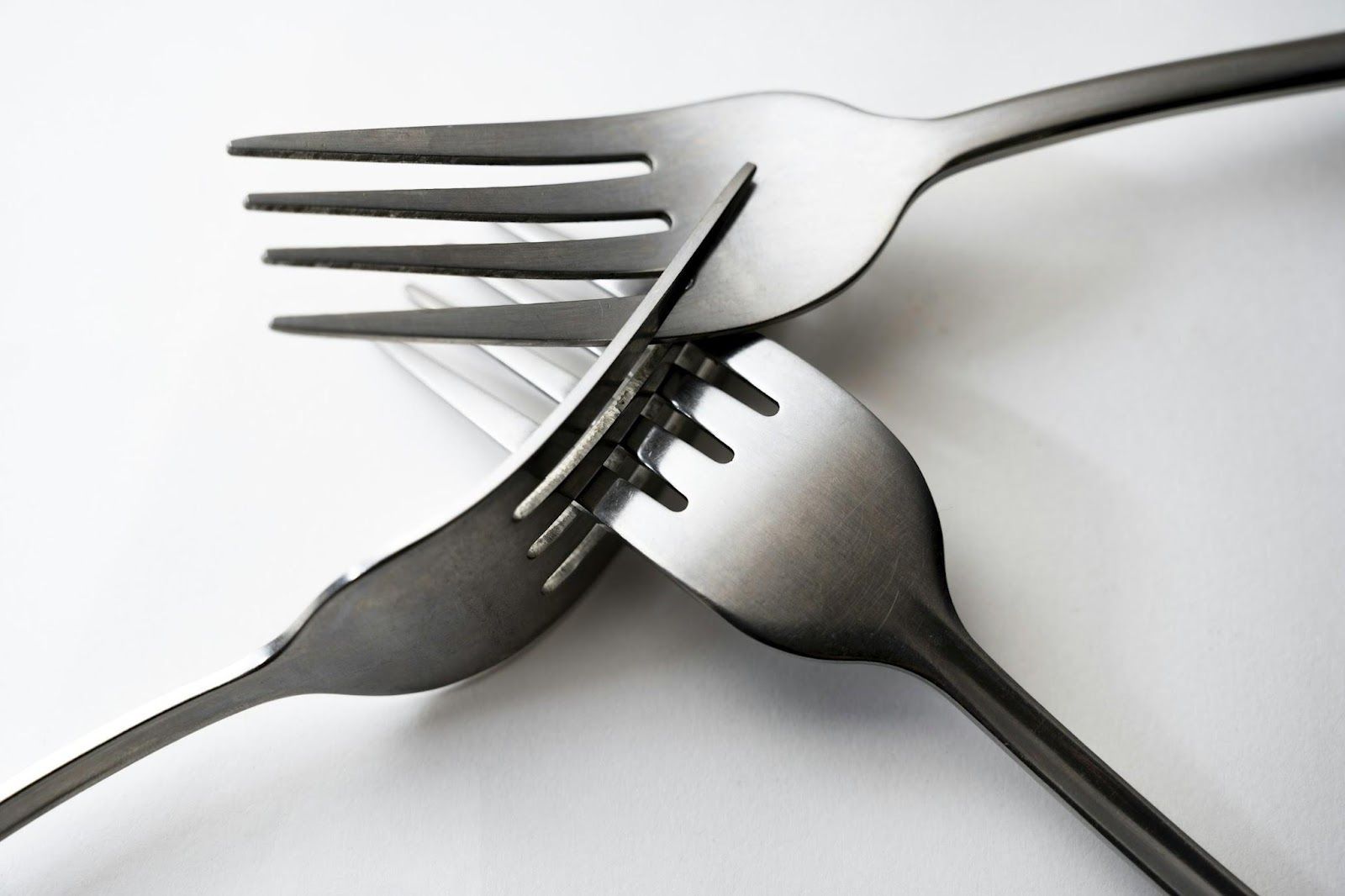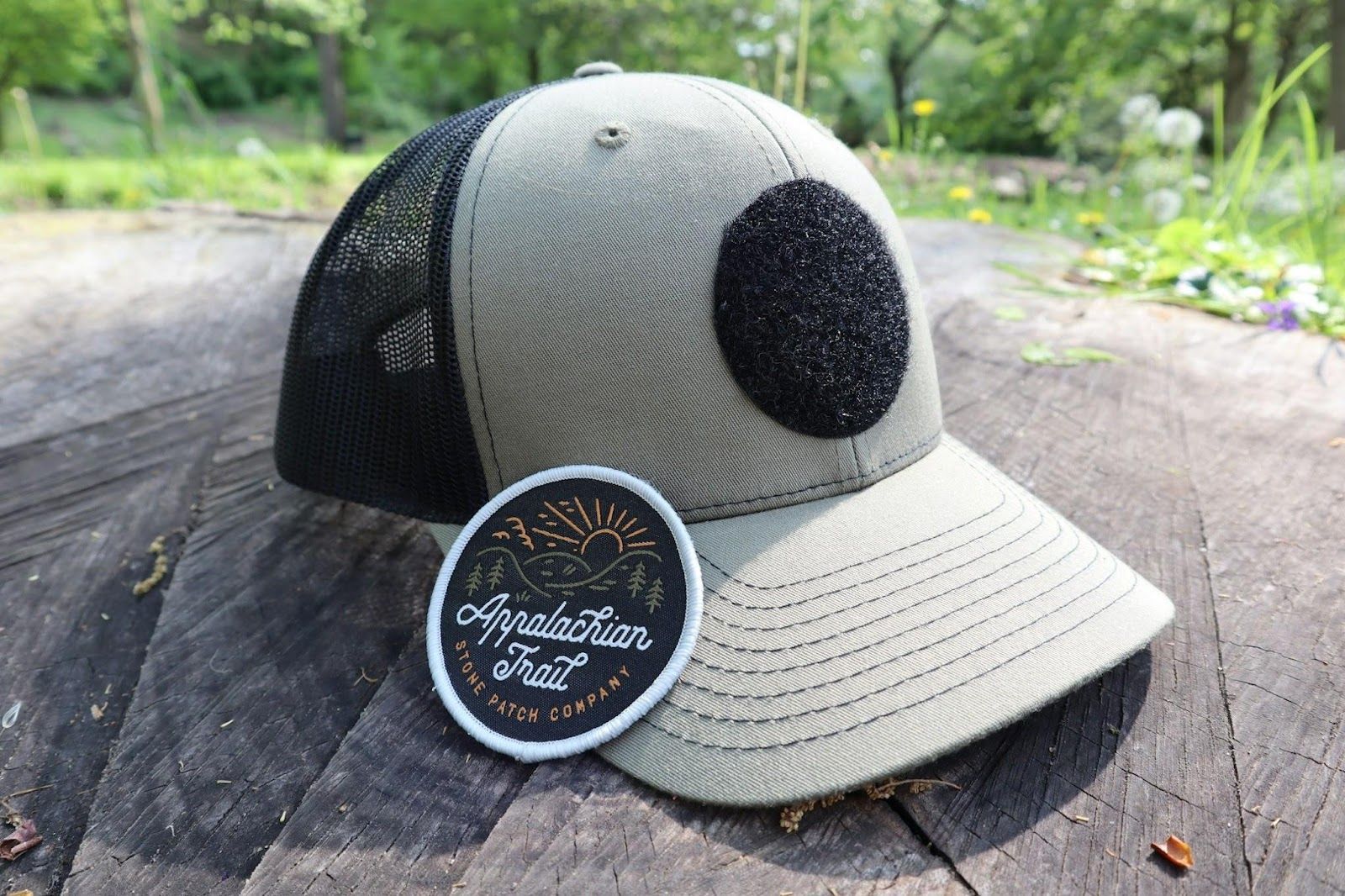Space fauna
Astronaut animals: The exciting adventures of 10 creatures sent to space
Published on November 7, 2025
 Credit: Hester Qiang
Credit: Hester Qiang
Long before Neil Armstrong took his giant leap for mankind, Earth had already launched a small army of unexpected explorers into the great unknown. Tiny insects, brave dogs, and even a cat with a heart of steel all played their part in humanity’s quest to reach the stars. They weren’t astronauts in shiny suits, but living test pilots whose journeys helped scientists learn how breathing, eating, and simply existing might change without gravity. Join us to discover the stories of 10 extraordinary creatures that helped pave the road to space.
Fruit flies
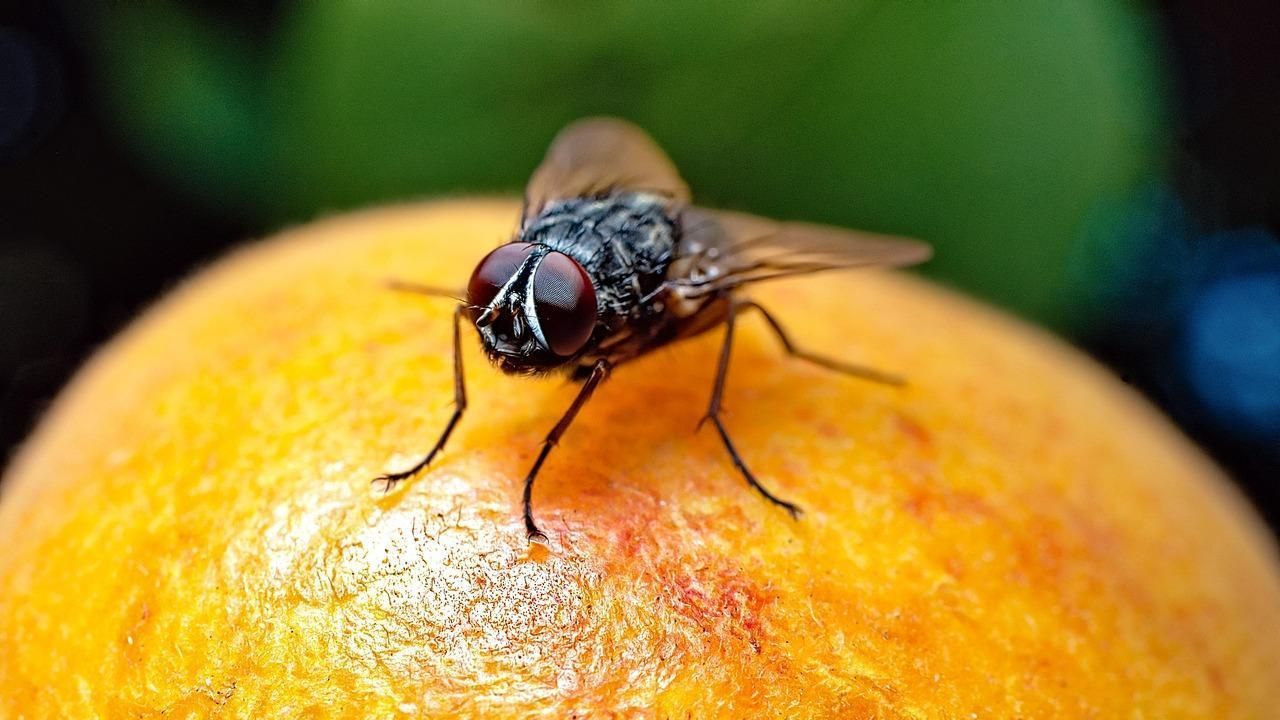 Credit: JerzyGórecki
Credit: JerzyGórecki
The very first travelers to leave our planet weren’t humans or even mammals, but fruit flies. In 1947, aboard a U.S. V-2 rocket, these tiny pioneers soared about 68 miles above Earth, crossing the invisible boundary between us and space. Scientists wanted to know how cosmic radiation might affect living beings, and to everyone’s surprise, the flies came back safe and sound. Their mission was short, but it marked the very first proof that life could survive a trip beyond our atmosphere. Not too shabby for creatures better known for buzzing around the kitchen fruit bowl!
Albert II, the rhesus monkey
 Credit: Aaron Baw
Credit: Aaron Baw
Meet Albert II, the pioneer who proved that even a small monkey could make history. In 1949, this brave male rhesus macaque rode a U.S. rocket 83 miles above Earth, becoming the very first primate—and first mammal—to cross into space. His mission lasted only minutes, but it offered priceless information about how living bodies respond to extreme altitude and near-weightlessness. Although scientists carefully tracked his pulse, breathing, and movements, Albert died upon landing. His courage, nevertheless, didn’t go unnoticed.
Laika, the space dog
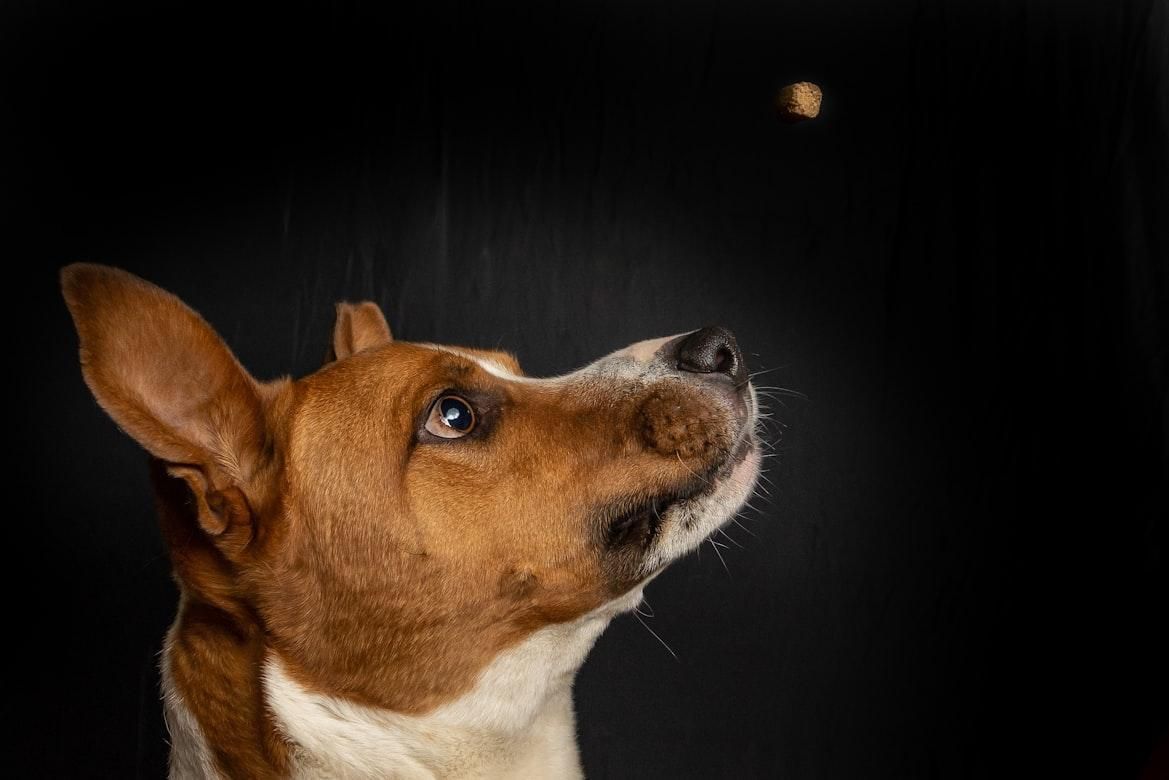 Credit: Max Kleinen
Credit: Max Kleinen
Years before humans ever circled the globe, the Soviet Union roamed the streets of Moscow looking for its first space traveler. They finally found Laika, a gentle, stray dog with big eyes and a calm spirit. In 1957, she boarded Sputnik 2 and became the first living being to orbit Earth, gazing down on the planet from hundreds of miles above. Though her journey was brief, her bravery left a lasting mark. Laika went on to become a symbol of courage and curiosity, inspiring dreamers, scientists, and explorers of every kind, both on two legs and four.
Ham, the space chimp
 Credit: Markus Spiske
Credit: Markus Spiske
Imagine a space capsule gliding above Earth with a chimpanzee wearing a miniature spacesuit inside, calmly flipping switches like a pro. That was Ham, NASA’s first chimp to truly pilot a spacecraft. In 1961, his flight aboard Mercury-Redstone 2 sought to prove that a living being could stay focused and respond to instructions even while floating weightless. Ham’s quick thinking and steady nerves impressed scientists everywhere and made him a celebrity overnight. For a minute, he was America’s coolest astronaut, tail and all!
Félicette, the French cat
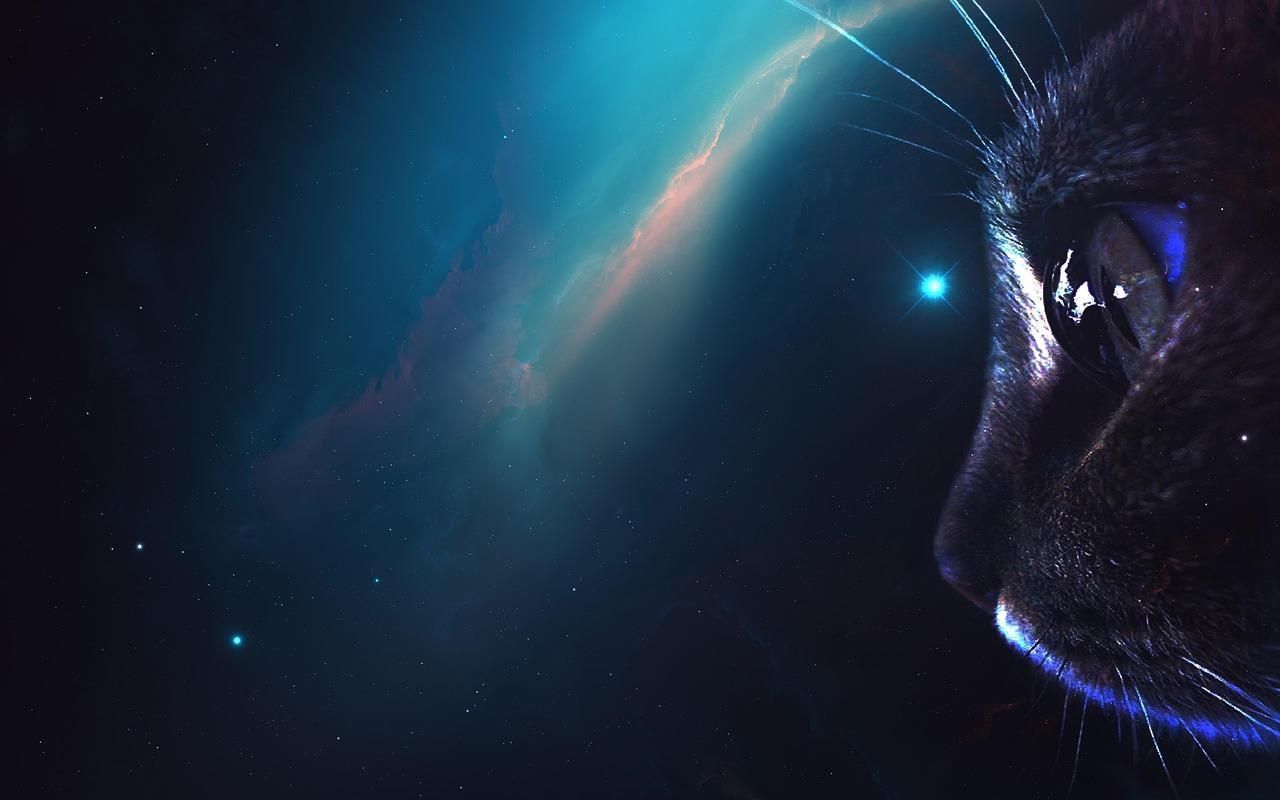 Credit: AlemCoksa
Credit: AlemCoksa
A cat in space? Oui, indeed! In the autumn of 1963, France made history by sending Félicette, a small black-and-white stray cat, on a pioneering 13-minute journey beyond Earth’s atmosphere. Carefully selected from a group of feline candidates, she was fitted with delicate electrodes designed to record her brain activity and vital signs as she ascended skyward. During her brief but extraordinary voyage, scientists on Earth monitored every heartbeat. Against all odds, she returned safely, landing back on her home planet with quiet poise. Félicette became not only the first but also the only cat ever to venture into space.
Tortoises on a lunar trip
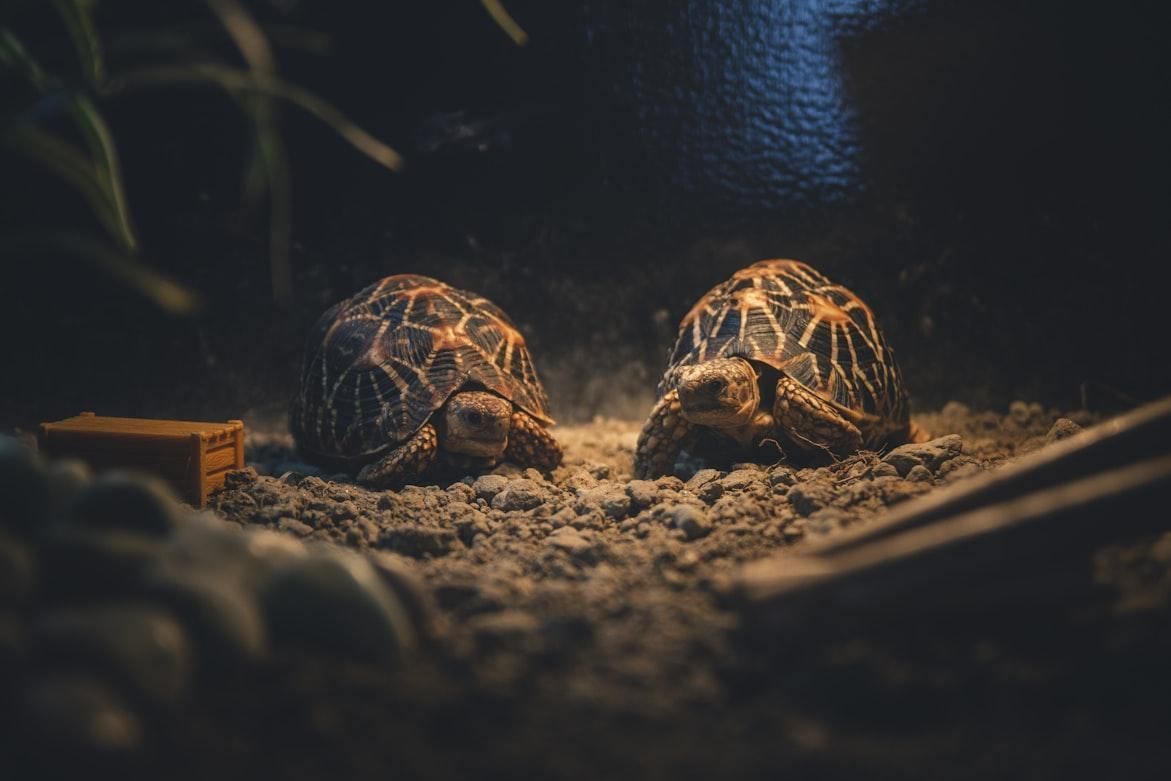 Credit: Shafiqul Islam
Credit: Shafiqul Islam
No rush, no panic, but calm, deliberate space travel at its finest. In 1968, two humble steppe tortoises from the Soviet Union became unlikely pioneers of cosmic exploration when they were placed aboard the spacecraft Zond 5, bound for a historic lunar orbit. While humans were still dreaming of walking on the Moon, these patient reptiles were already circling it, gliding silently through the vastness of space inside their small capsule. For seven days, they endured the journey without complaint, adapting to microgravity with the quiet resilience that defines their kind. When Zond 5 finally returned to Earth, the tortoises were found alive and in good health.
Frogs with strong stomachs
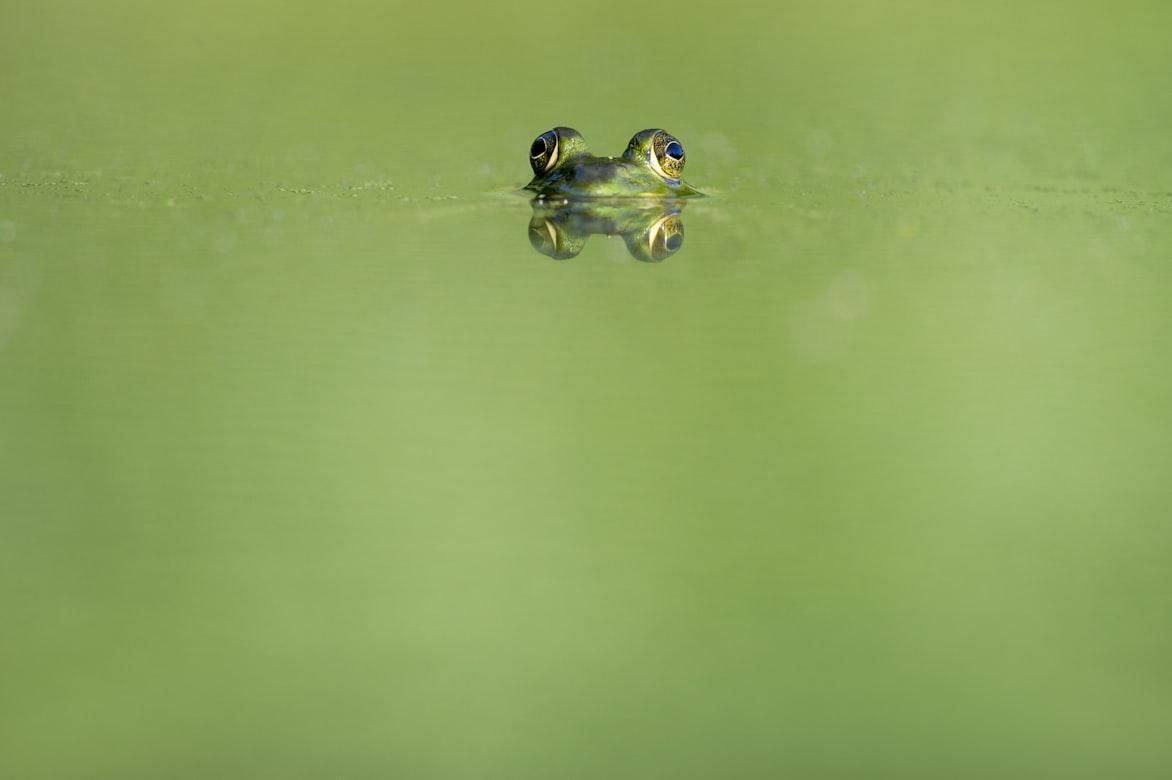 Credit: Ray Hennessy
Credit: Ray Hennessy
Imagine being rocketed into orbit only to end up dizzy and nauseous. That was the fate of two unsuspecting bullfrogs in 1970. NASA, ever curious about how living creatures handle the unusual conditions, sent the amphibious pair into space to study how balance functions without gravity’s pull. As the frogs tumbled and twirled in their tiny capsule, scientists were able to learn how the inner ear adjusts when "up" and "down" no longer exist. It might have been a disorienting ride for the frogs, but it turned out to be a ribbiting leap forward for science!
Spiders that spun webs in zero gravity
 Credit: Rafael Garcin
Credit: Rafael Garcin
A web with no spatial sense? That was the mystery NASA set out to explore in 1973 when two pioneering spiders, Arabella and Anita, hitched a ride aboard Skylab. Their mission: to prove an arachnid could weave a proper web in the floating world of microgravity. At first, their silken constructions were lopsided and chaotic; yet, the spiders quickly adapted. Within just a few days, they were spinning near-perfect circular webs, as if gravity had never mattered at all.
Fish that swam through the air
 Credit: Sara Kurfeß
Credit: Sara Kurfeß
In the late 1970s, NASA scientists wanted to observe how aquatic life would behave beyond Earth’s pull. They released a few small fish inside a spacecraft and were surprised to find them "swimming" through the air. With no gravity to anchor them, the fish instinctively paddled their fins as though suspended in an invisible, weightless sea. Their silvery bodies drifted gracefully in slow motion like tiny astronauts in scales. The result was both scientific and poetic: a surreal, floating aquarium quietly orbiting the stars.
Tardigrades, the ultimate survivors
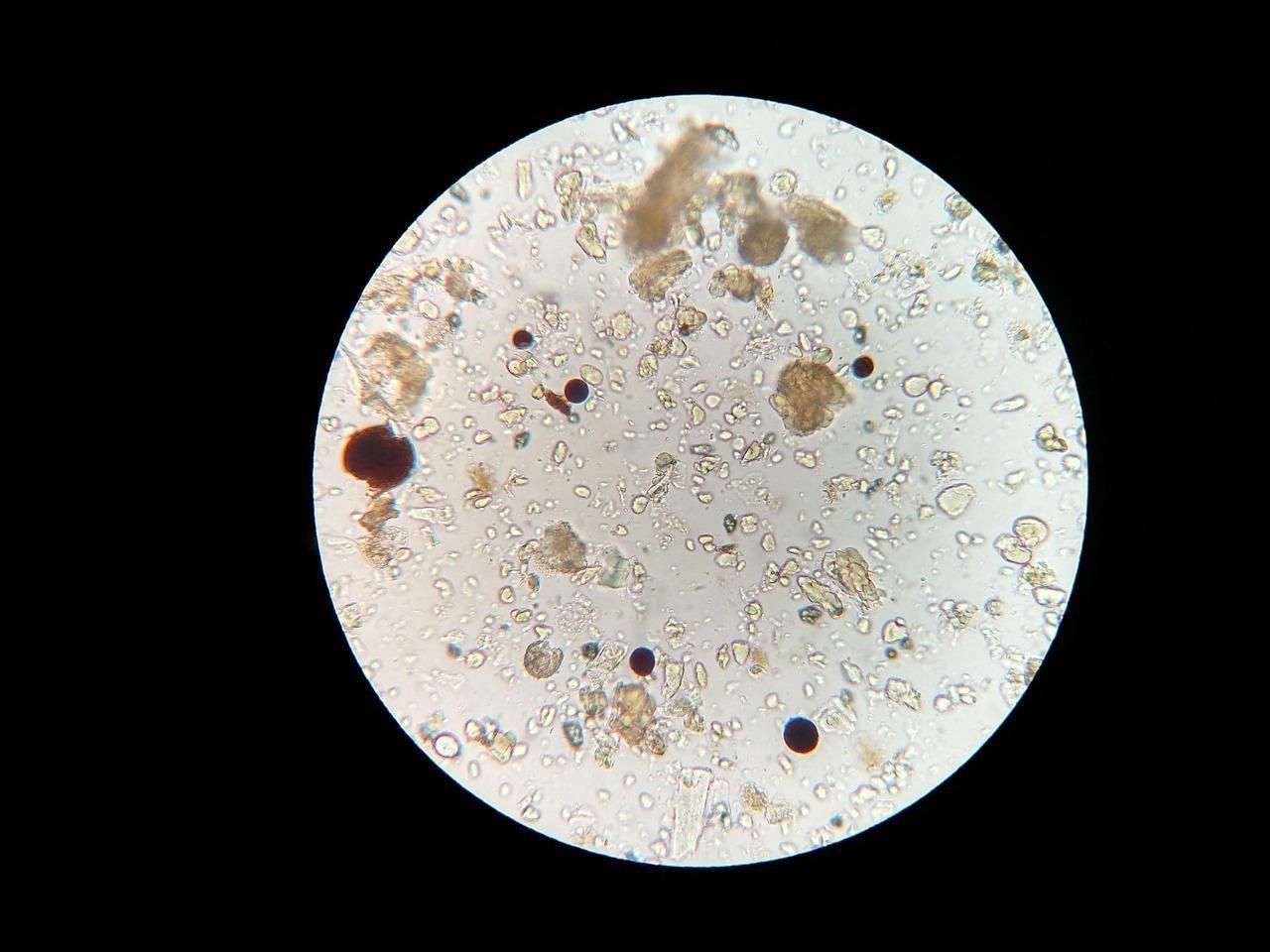 Credit: malucero
Credit: malucero
Did you know there’s a creature so resilient it can survive outer space? Tardigrades, affectionately known as "water bears", are microscopic beings capable of withstanding extremes that would destroy almost any other life form. In 2007, scientists exposed them directly to the vacuum of space with no suit, no shield, and no oxygen. The tardigrades endured blistering radiation, freezing temperatures, and complete dehydration. Yet, many of them simply shrugged it off and carried on living. Tough doesn’t even begin to describe these nearly indestructible little astronauts that are probably the hardiest beings not just on Earth, but in the entire universe.
